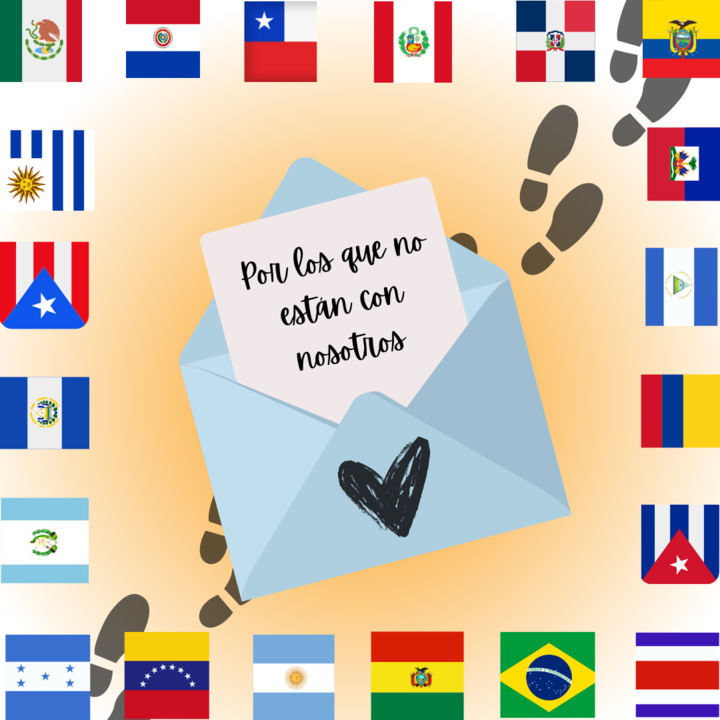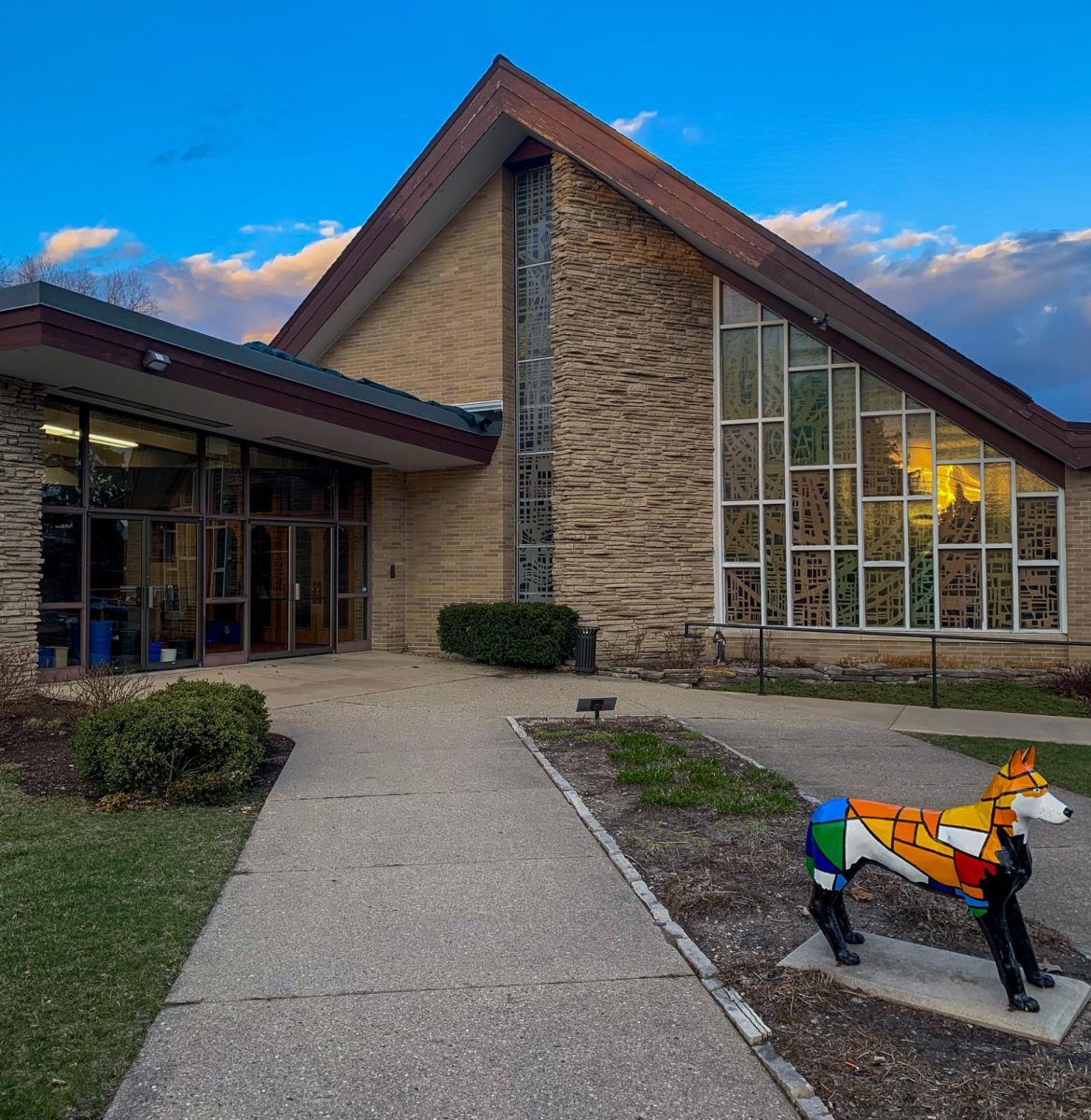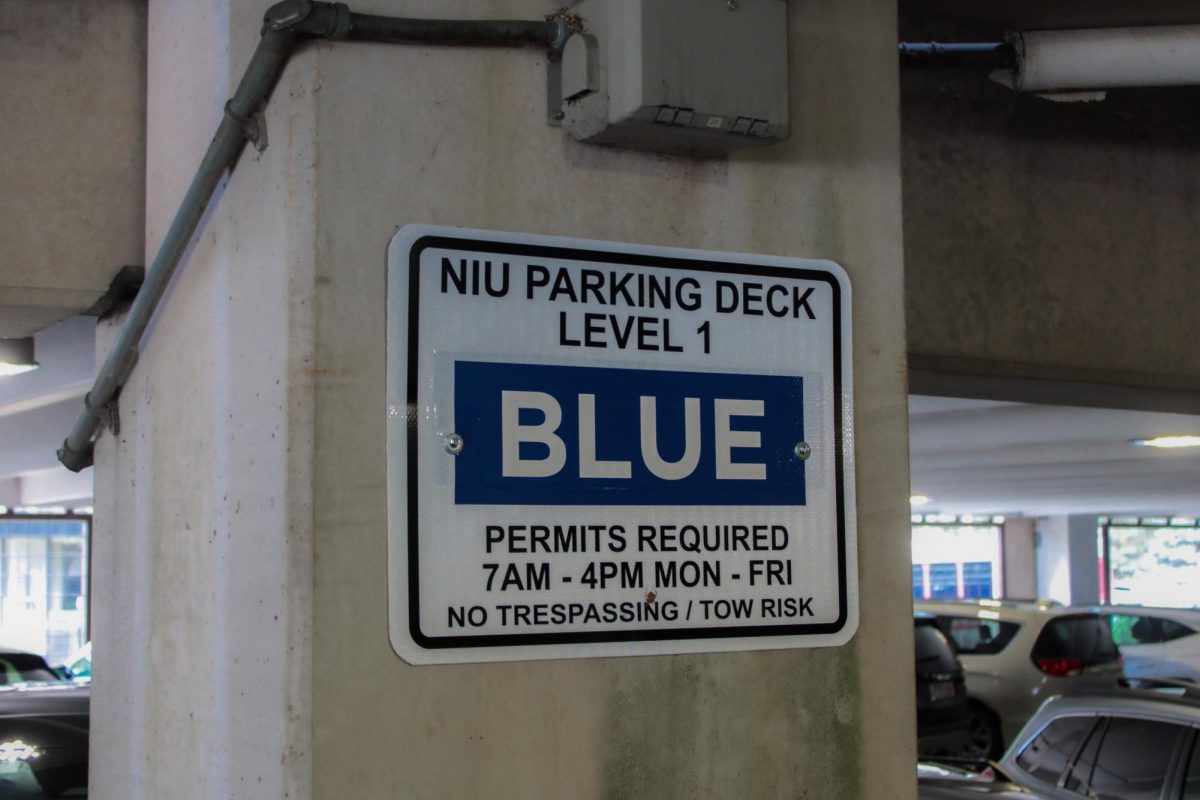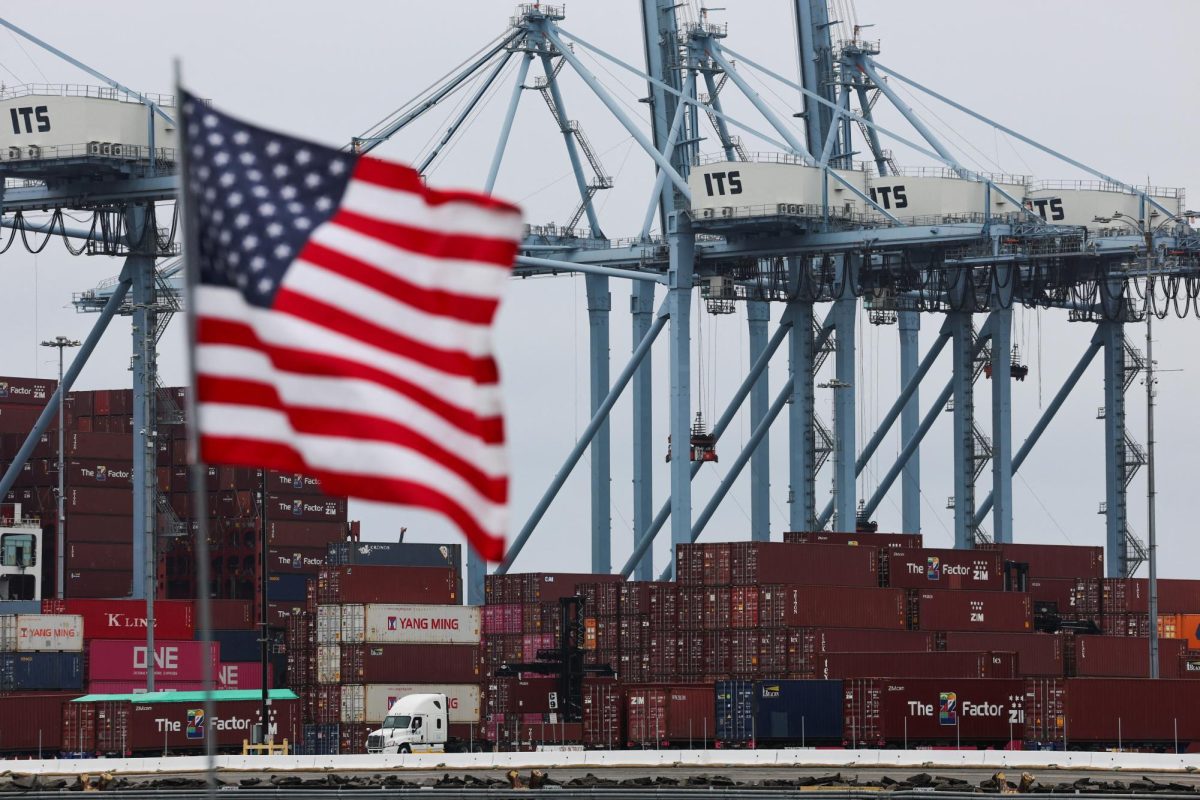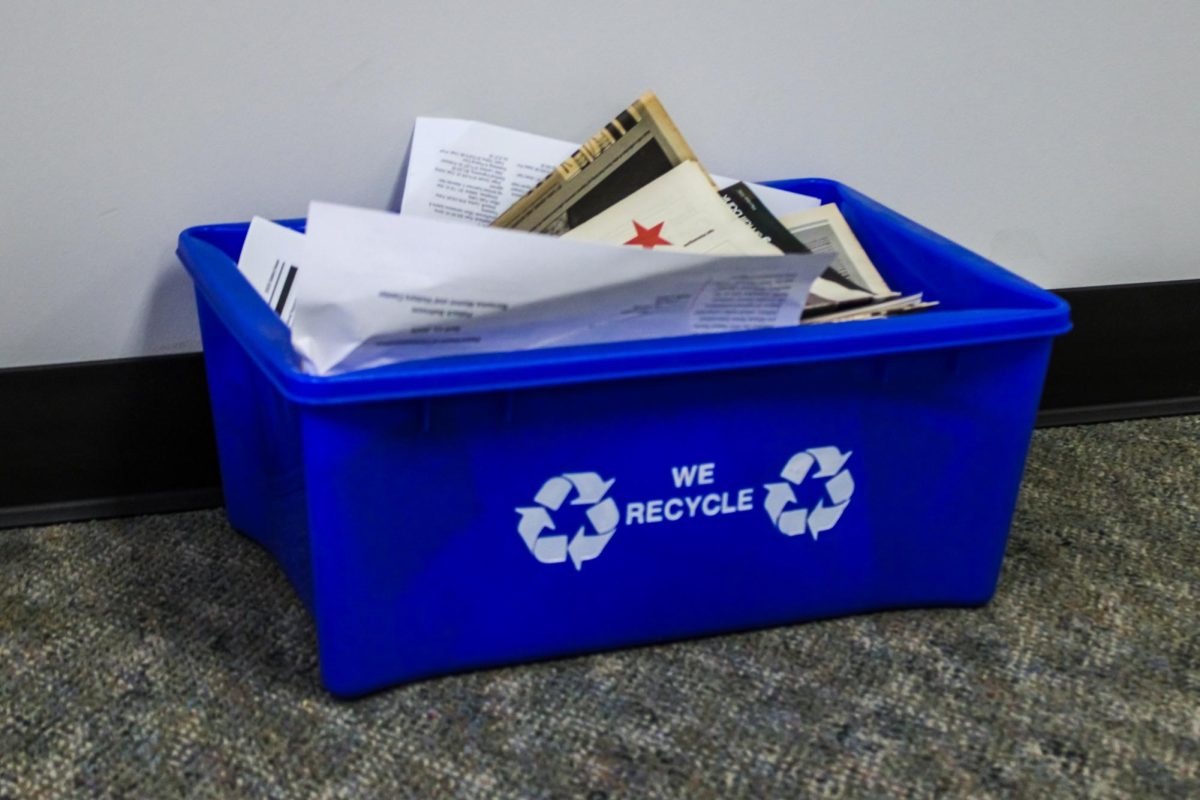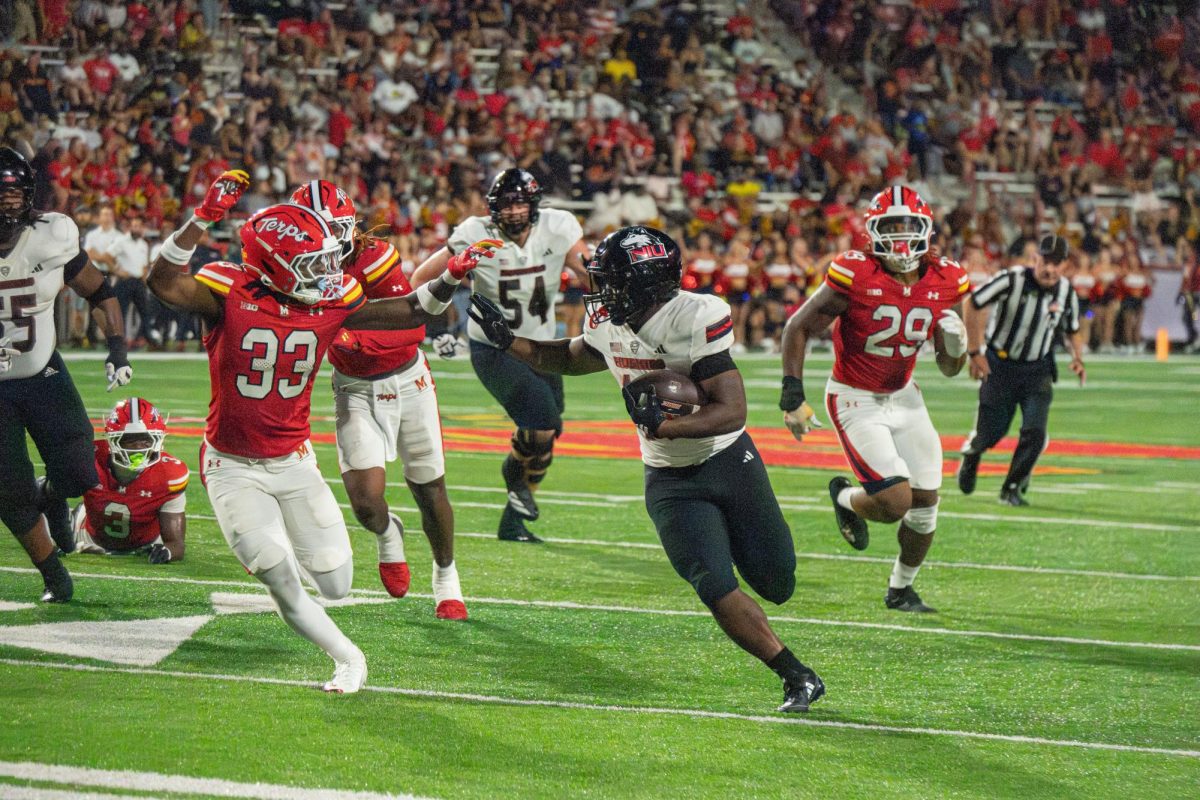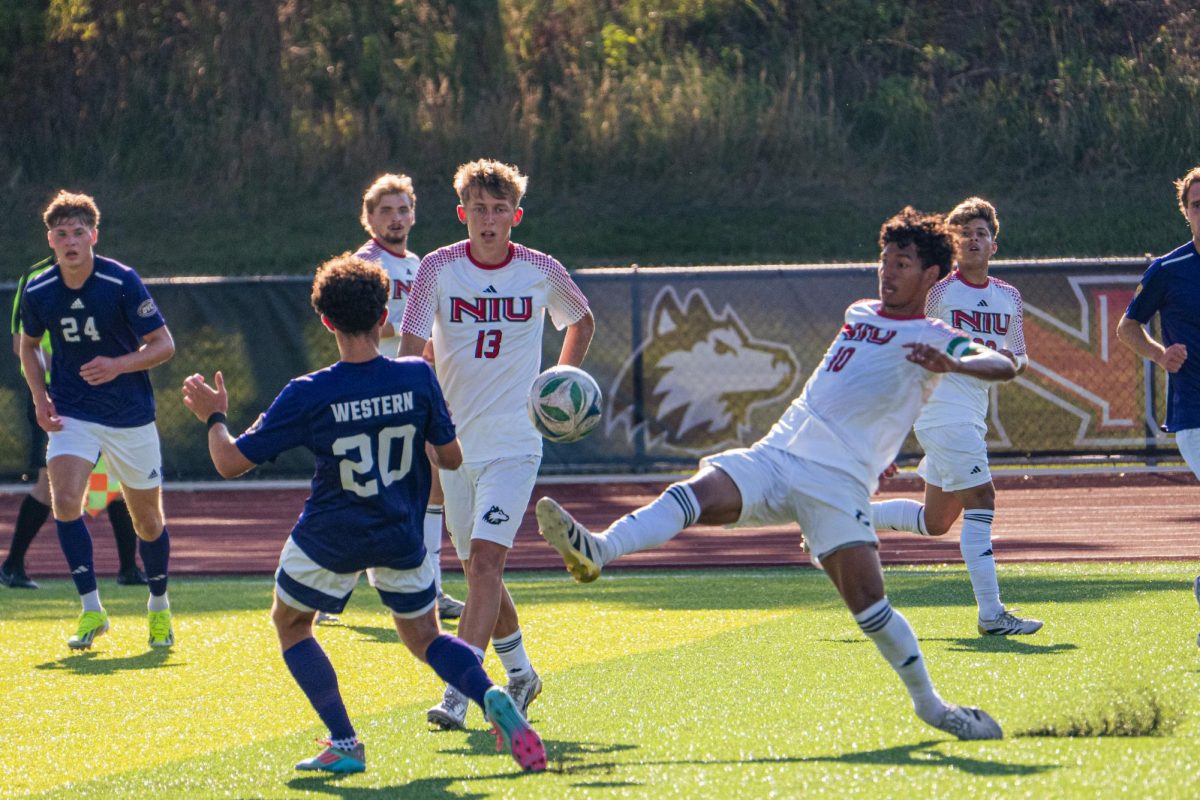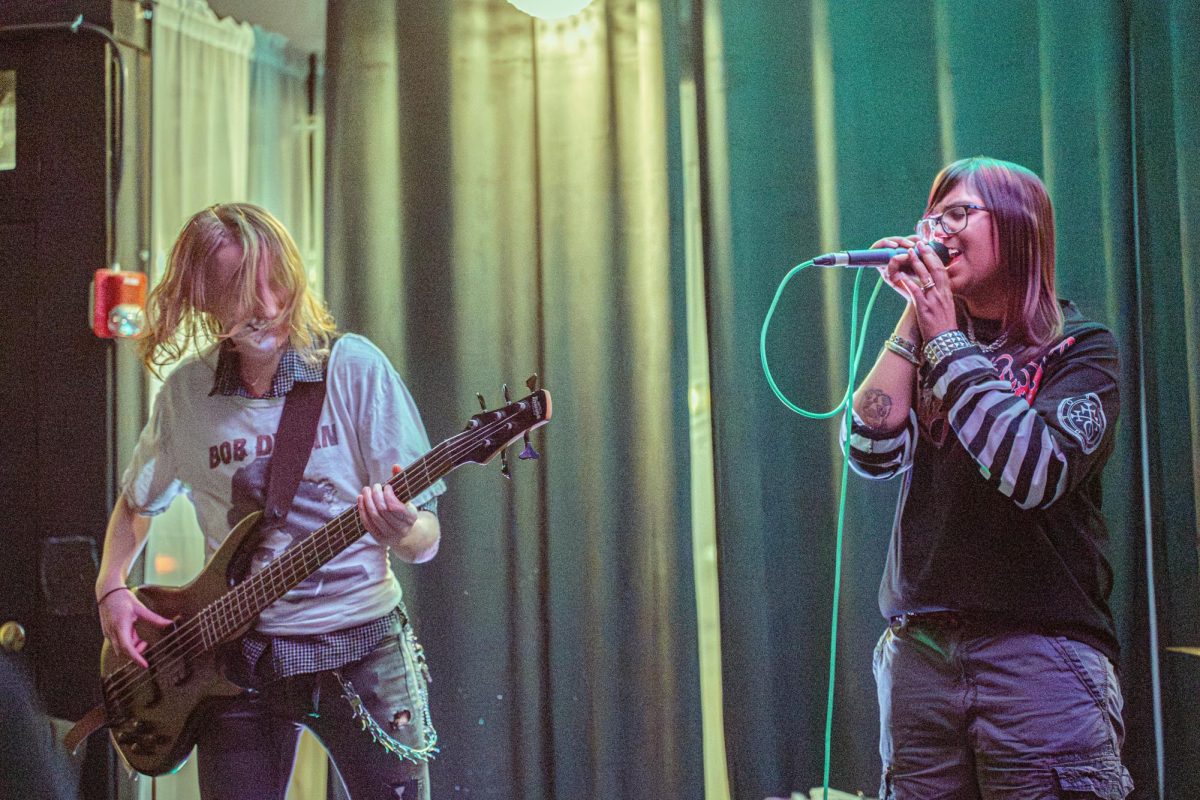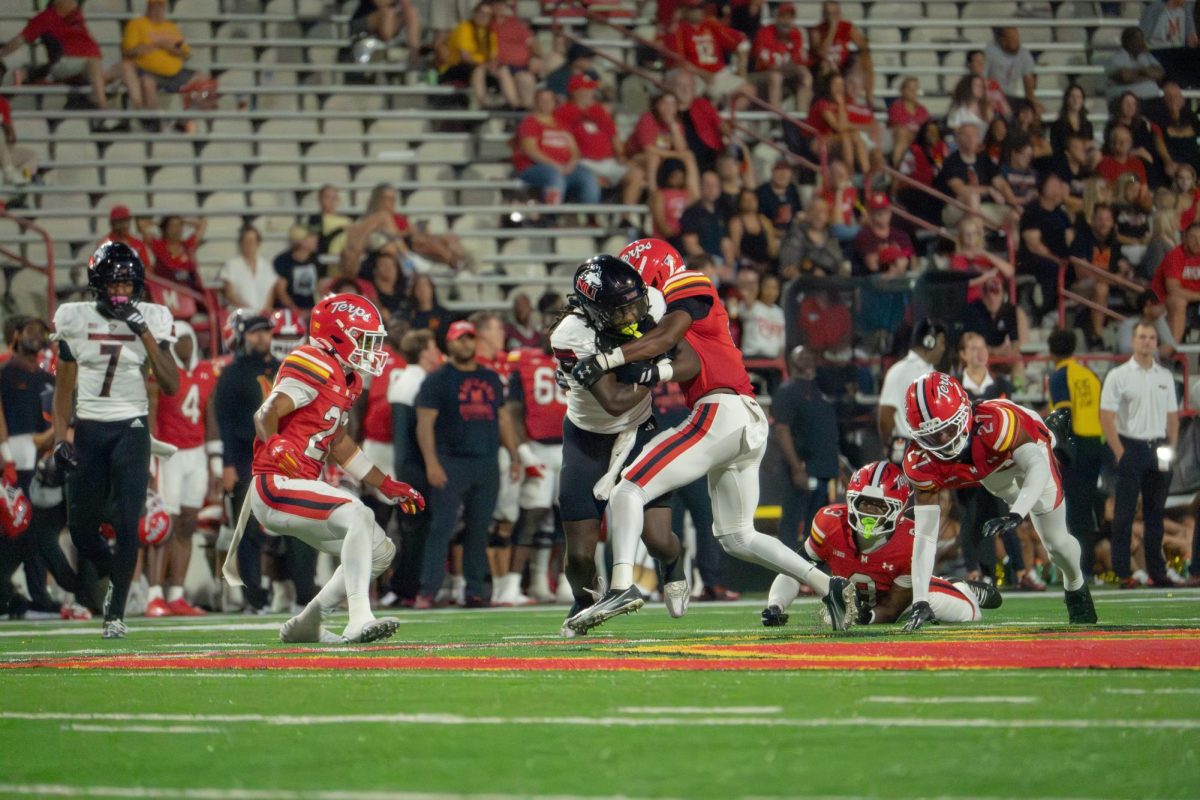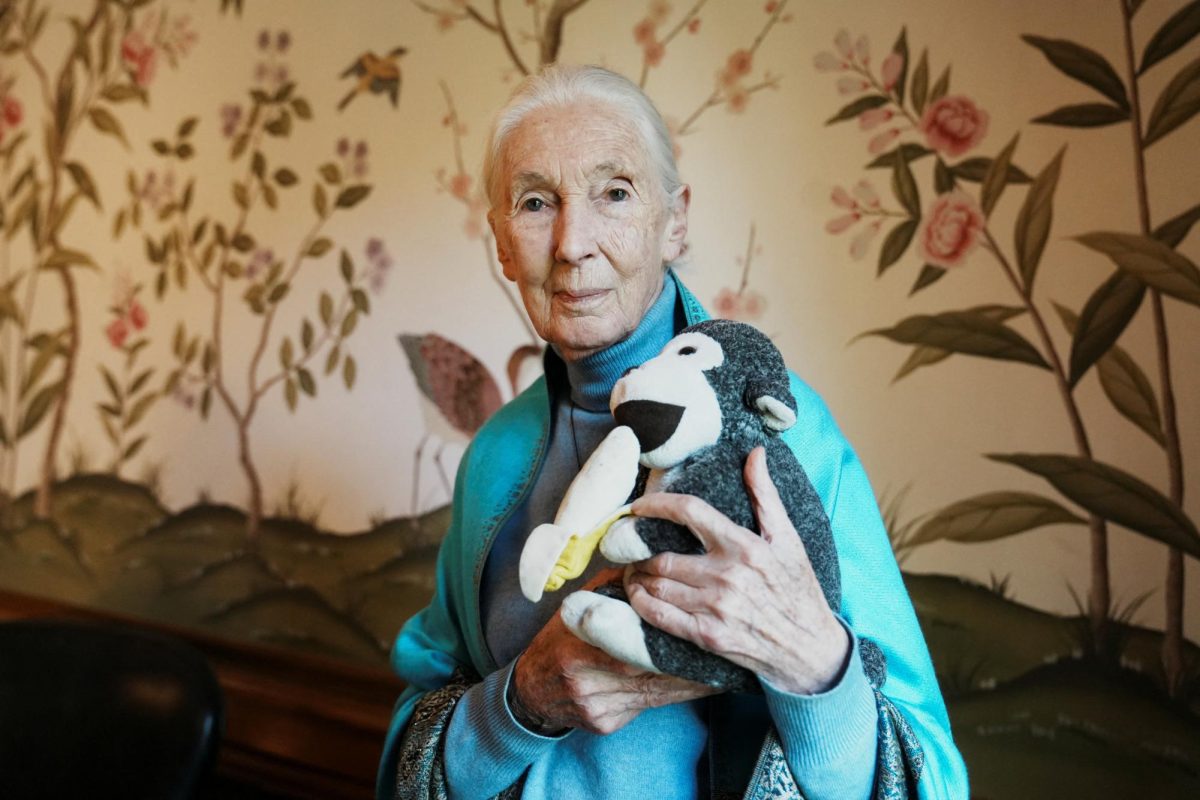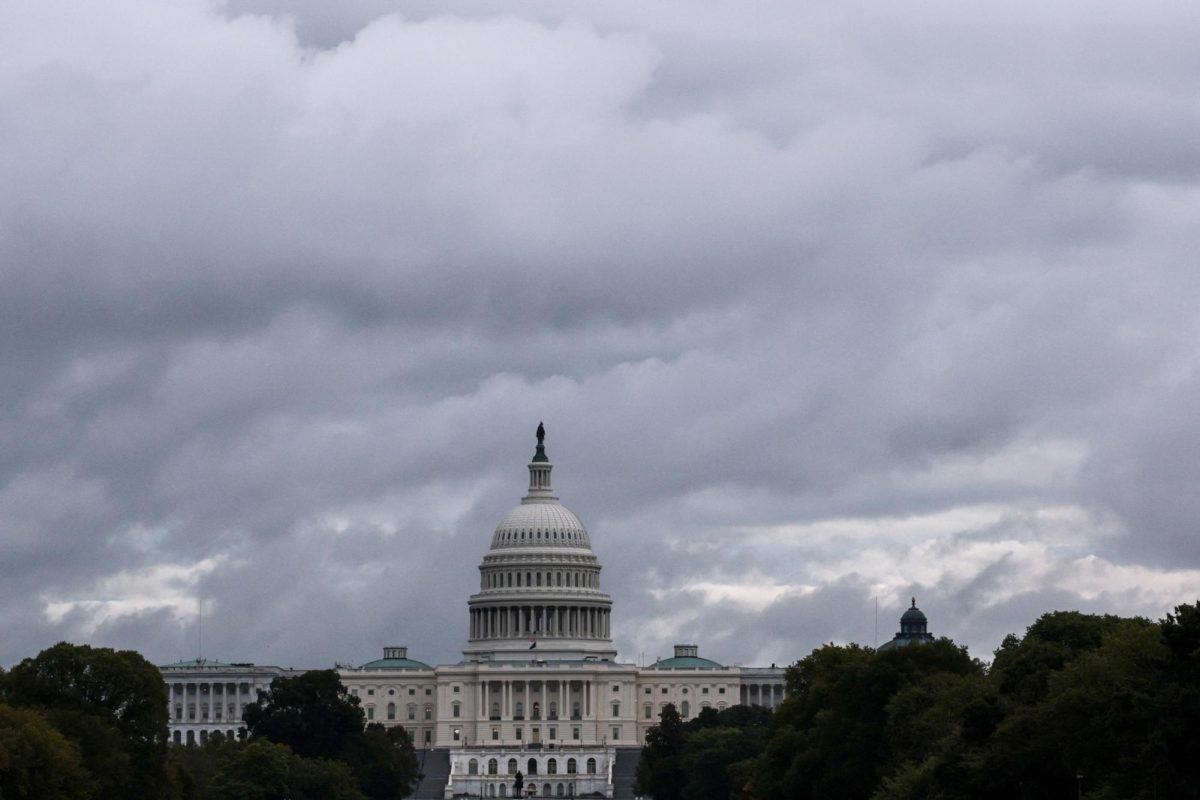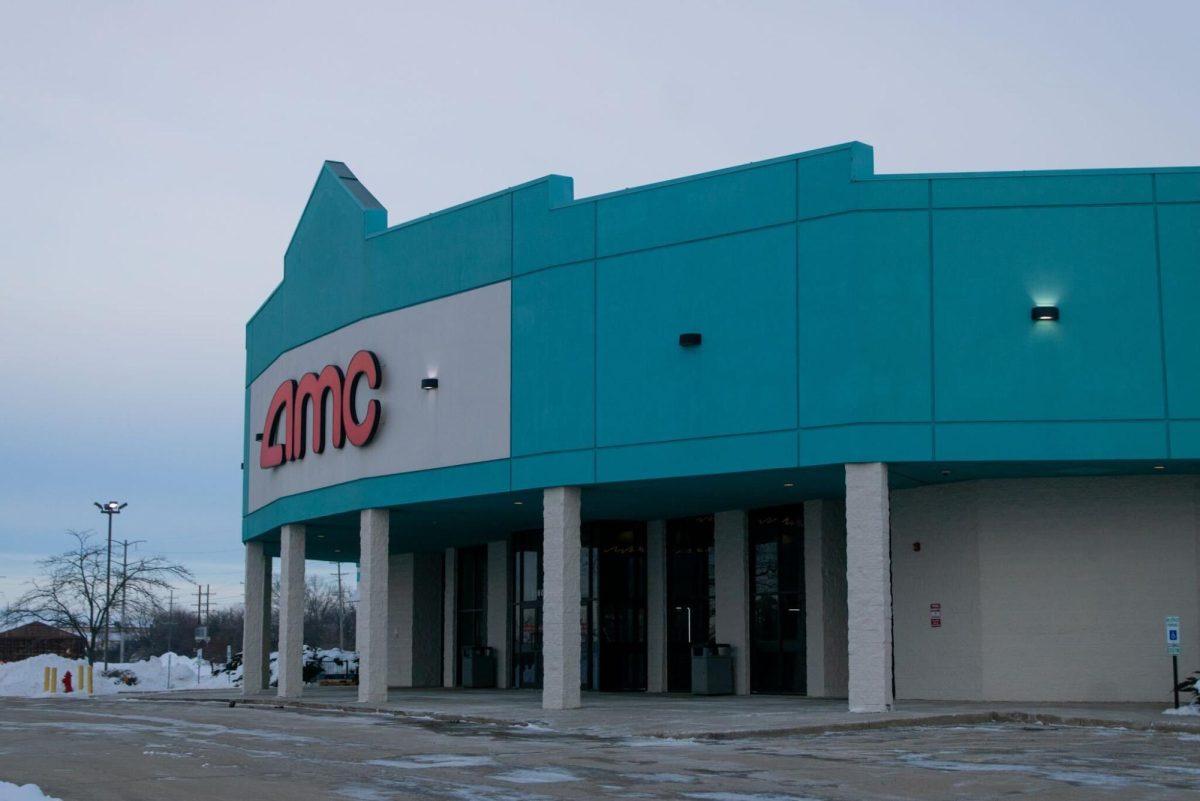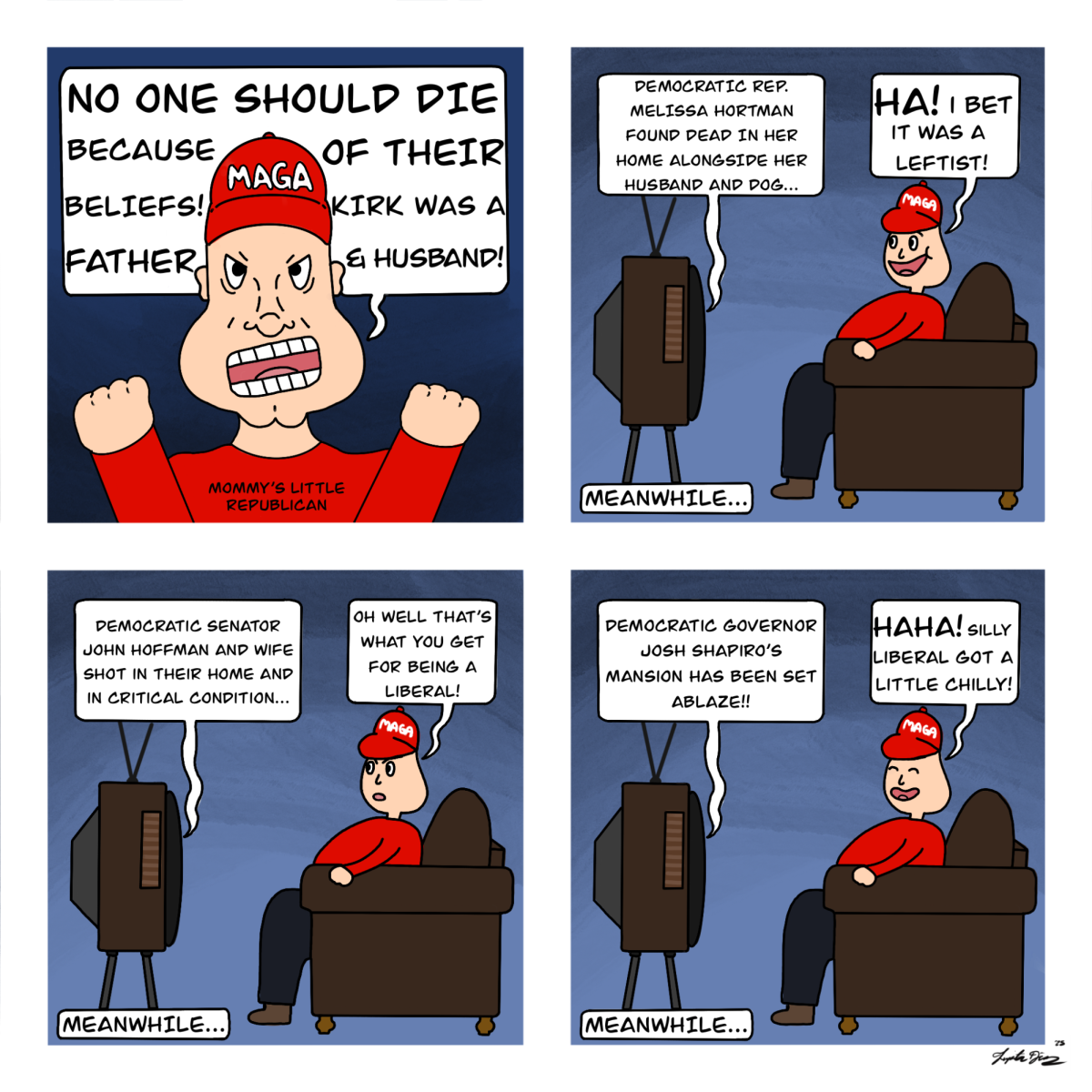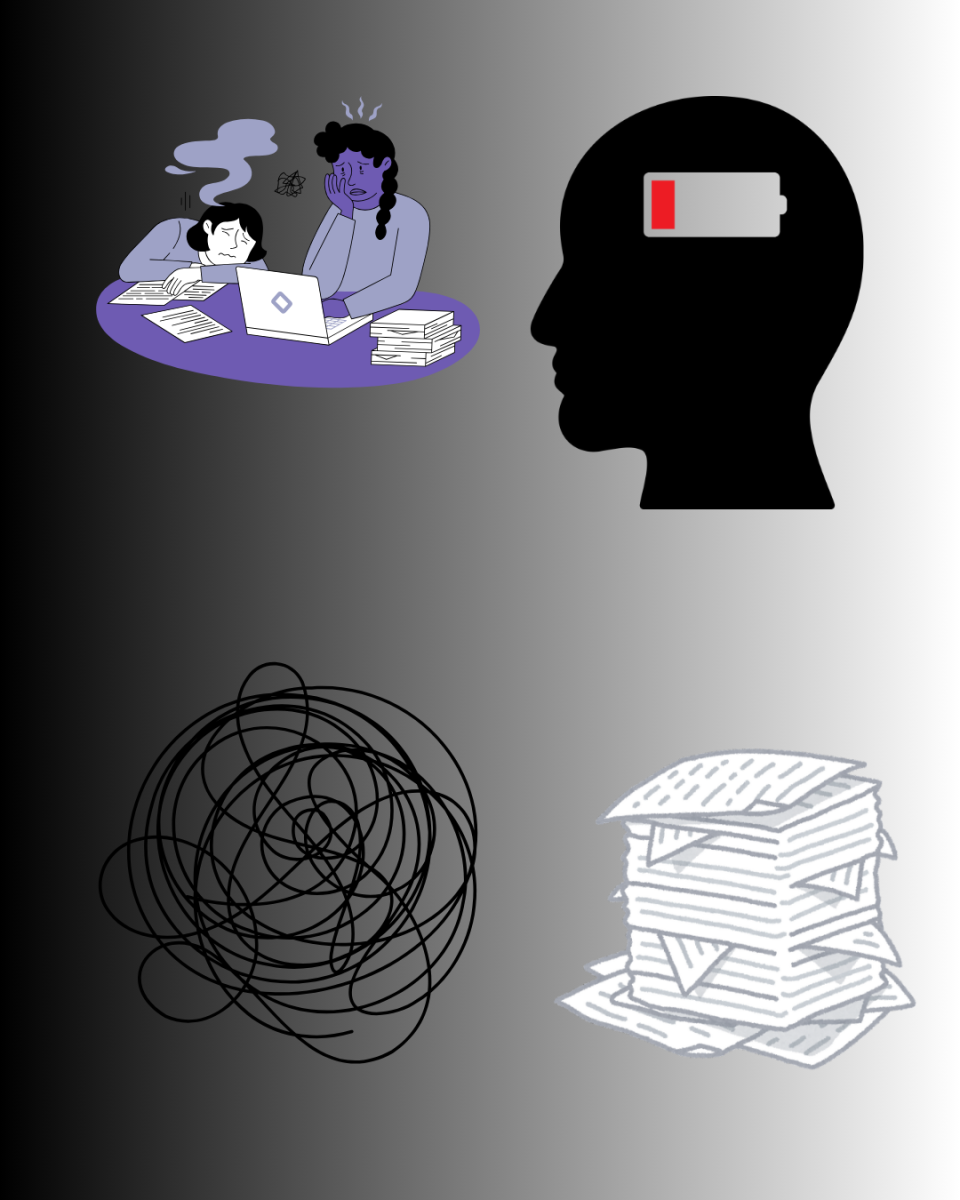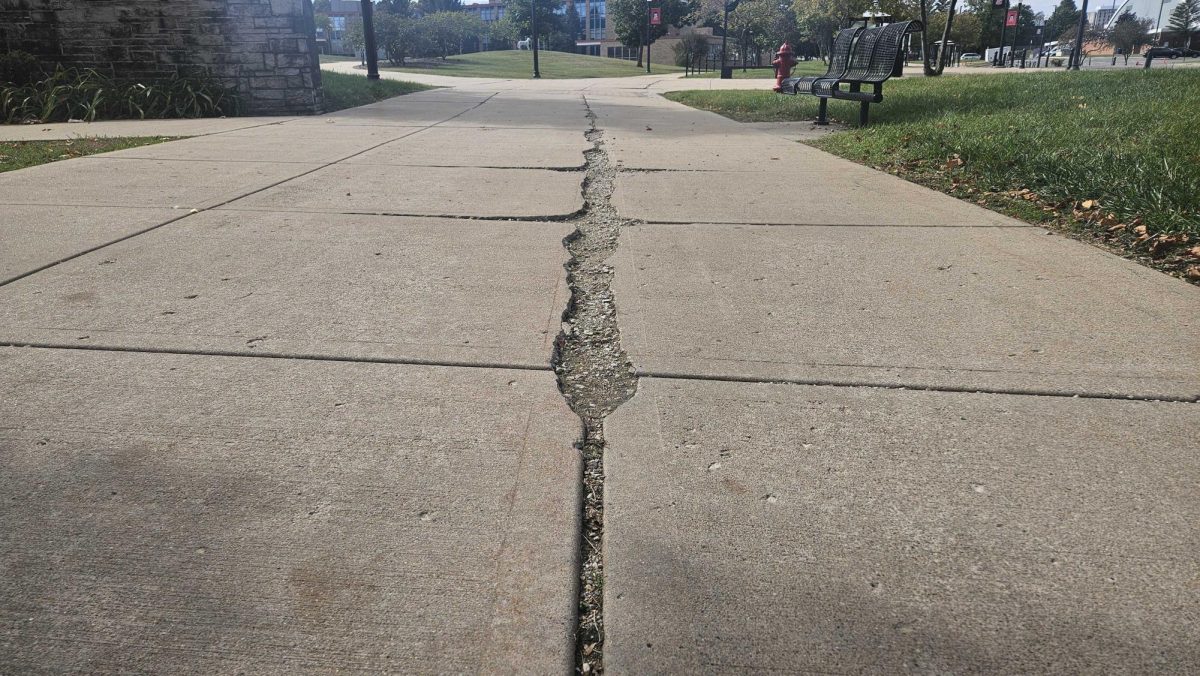El Mes de la Herencia Hispana es más que un recordatorio de la contribución que la inmigración hispana le ha dado a Estados Unidos desde el siglo XX. Es una forma de conmemorar los sacrificios que muchas personas han tenido que hacer por el bienestar de su familia, de ellos mismos o de su país.
La inmigración no es nada nuevo.
De hecho, EE.UU se construyó a base de inmigrantes de muchos países diferentes. Cuando Irlanda sufrió la Gran Hambruna entre 1845 y 1849, muchos irlandeses se vinieron a vivir a los EE.UU. Años previos a la independencia, la mayoría de la población no indígena en Estados Unidos y Canadá era inglesa, holandesa y francesa.
Así mismo, el multiculturalismo de EE.UU es una característica presente desde la independencia. Durante la guerra de Independencia estadounidense no fue una lucha entre colonos estadounidenses y casacas rojas británicos, participaron franceses, españoles y otras potencias europeas.
Con toda esta historia, nos damos cuenta de que el intercambio entre varias culturas no es nuevo, ni siquiera reciente. Es más, hasta el propio nombre de DeKalb es francés.
Sin embargo, a pesar de todos estos precedentes – y los que pasaron en el siglo XX con inmigrantes de Italia y otras naciones – hoy en día aún hay gente que se pregunta por qué hay otras personas emigrando.
En el caso de los inmigrantes latinos, hay una porción mínima que lo hacen por voluntad propia, porque ellos quieran.
Muchas personas huyen de crisis políticas, dictaduras o situaciones económicas terriblemente duras. Muchos son desplazados de conflictos internos y refugiados políticos, otros solo esperan hallar un futuro mejor.
El proceso no es fácil.
Cruzar la frontera de los EE.UU es la parte más fácil del viaje, antes se halla un recorrido por el desierto y normalmente los inmigrantes deben cruzar varias fronteras transnacionales.
Entre la ilegalidad, la violencia de grupos armados y el cobro de las tarifas por transporte; la menor de las preocupaciones es caminar hasta la frontera. Aunque para los migrantes sudamericanos es peor, pues tienen que cruzar el Tapón del Darién, también conocido como “La ruta de la muerte“. Y no sin razón.
Muchos migrantes renunciaron a muchas cosas para venir aquí. Algunos renunciaron a todas sus posesiones personales, sus empresas, sus emprendimientos. Otros renunciaron a sus familias o amigos, puesto que solo pudieron venir solos.
Algunos saben que para cuando puedan volver, muchas personas que dejaron ya no estarán.
El mes de la herencia latina no es solo el recuerdo del aporte cultural que Latinoamérica tiene en Estados Unidos desde 1848, al final. Es también una conmemoración al sacrificio que muchas personas han tenido que hacer por un mejor porvenir.
Y es algo de lo que los estudiantes de NIU, inmigrantes o no, latinos o no, hacen parte. No es algo ajeno, es una realidad a la que están cada vez más expuestos.
Una forma de entenderlo mejor es a través de la cultura popular. A mediados de 2018 se hizo popular entre los inmigrantes nicaragüenses y salvadoreños una canción de una inmigrante venezolana llamada Reymar Perdomo. Se llamaba “Me fui” y se convirtió en el himno de la migración forzosa venezolana, conocido como “El éxodo venezolano.”
La canción se popularizó entre los migrantes de toda América, y se convirtió en la canción oficial del evento “Venezuela Aid Live” que reunió a decenas de artistas en un concierto de 24 horas el 22 de febrero de 2019 para reunir donaciones y enviarlas a Venezuela.
Pero “Me fuí” se convirtió mundialmente en un himno de esperanza, en un recordatorio de que hay cosas en el mundo que están mal, pero que no tienen por qué permanecer así. Es la espera del cambio y el recuerdo de por qué los inmigrantes hicieron tantos sacrificios, porque están tan lejos de su hogar y de su familia.
Es por eso que tantos inmigrantes vienen a EE.UU, por los que nos hacen falta y por los que no están con nosotros.
ENGLISH TRANSLATION:
Latino Heritage Month is more than a reminder of the contributions that Hispanic immigration has made to the United States since the 20th century. It is a way to commemorate the sacrifices that many people have had to make for the well-being of their family, their country or themselves.
Immigration is nothing new.
In fact, the U.S. was built on immigrants from many different countries. Many Irish came to the U.S. between 1845 and 1849 during the Great Famine. In the years before independence, the majority of the non-Indigenous population in the U.S. and Canada was English, Dutch and French.
Likewise, the multiculturalism of the U.S. is a feature present since independence. During the American Revolution, it was not only a war between the English settlers and the British red coats but also the French, Spanish and other European powers.
With all this history, we realize that the exchange between various cultures is not new or recent. Even DeKalb’s name is French.
Despite these precedents, and those passed in the 20th century with the immigrants from Italy and other nations, there are still people who wonder why there are others immigrating.
In the case of Latino immigrants, there is a minimal portion of immigrates that came to America at will, or because they wanted to.
Many people fled from political crises, dictatorships or terribly difficult economic situations. Many were displaced by internal conflicts and political refugees – others just hoped to find a better future.
The process is not easy.
Crossing the U.S. border is the easiest part of the journey. Before that there is a desert route, and often immigrants must cross several transnational borders.
Between the illegality, the violence of armed groups and the charging of transport fees, walking to the border is the least of their worries. For South American migrants it is worse, as they have to cross the Darién Gap, also known as “The Road of Death.” And not without reason.
Many migrants sacrificed a great deal to come to the U.S. Some gave up all their personal possessions, businesses and ventures. Others gave up their families or friends as they could only come alone.
Some know that by the time they can return, many of the people they left behind will be gone.
Latino Heritage Month is not only a reminder of the cultural contributions that Latin America has made to the U.S. since 1848, the end of the Mexican-American war. It is also a commemoration of the sacrifice that many people have had to make for a better future.
And it’s something NIU students, immigrants or not, Latinos or not, are part of. It is not something alien, it is a reality to which they are increasingly exposed.
A way of understanding it better is through popular culture. In mid-2018, a song by a Venezuelan immigrant named Reymar Perdomo became popular among Nicaraguan and Salvadoran immigrants. It was called “I Left” and became the anthem of Venezuelan forced migration, known as “El éxodo venezolano.”
The song became popular among migrants from all over America, and it was turned into the official song of the “Venezuela Aid Live” event that brought together dozens of artists in a 24-hour concert on Feb. 22, 2019 to collect donations and send them to Venezuela.
But “I Left” also became a worldwide hymn of hope, a reminder that there are things in the world that are wrong, but they don’t have to stay that way. It is the waiting for change and the remembrance of why immigrants made so many sacrifices, because they are so far from their home and family.
That’s why so many immigrants come to the U.S., for those who we miss and for those who are not with us.


